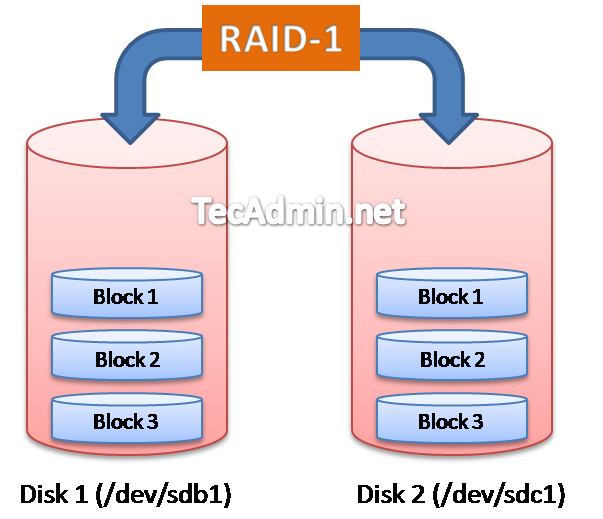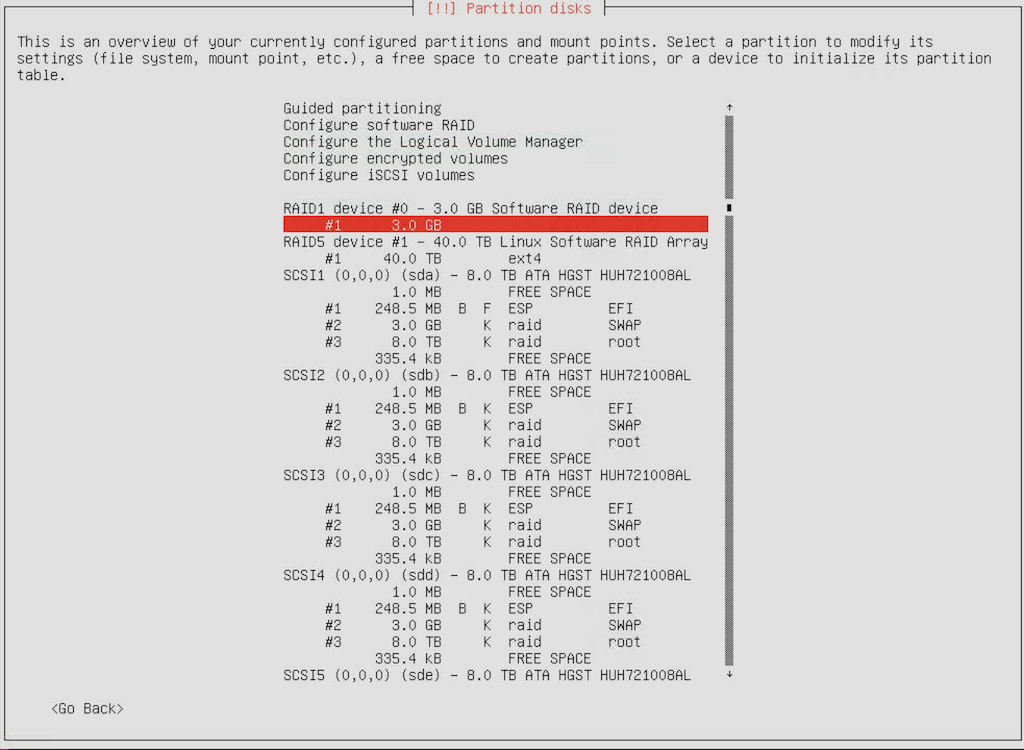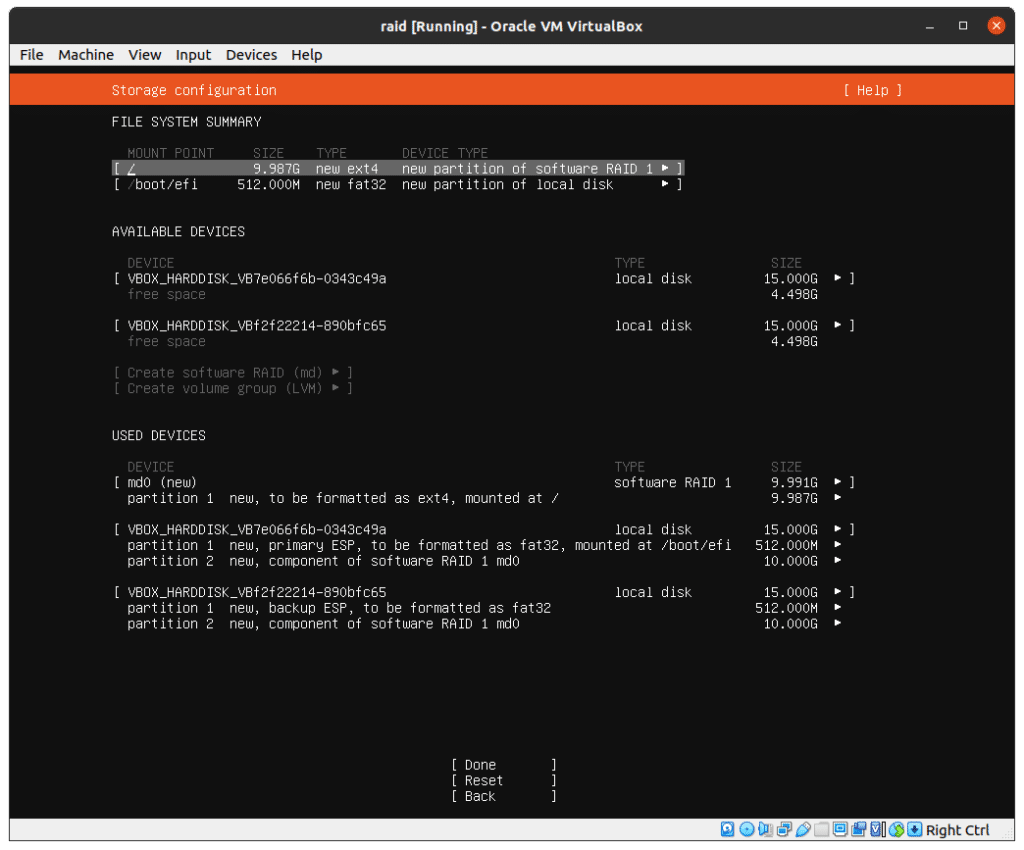
Md126 array consists of vdb1 and vda1 disks, while md127 consists of vdb2 and vda2.īoth arrays are in active state, the sign for each array means that both devices in the array are Up and running. In the above code snippet the Personalities parameter informs us what RAID level the kernel currently supports, while md126 and md127 describe arrays of redundand disks.
#Create boot partition in raid verification#
Verify RAID status and LVM configurationĪfter the installation is completed, make a brief verification of the disk layout and patitioning.Ĭheck the RAID status: ~]# cat /proc/mdstat Root partition is now created as a Logical Volume named centos-root.Ĭlick on Done button, accept all the changes made to the partitions on SUMMARY OF CHANGES screen, return to INSTALLATION SUMMARY screen and continue installation as usual.ģ. – device type: LVM (use previously created centos VG on top of RAID 1) Now create root partition with the following parameters: Swap partition is now created as a Logical Volume named centos-swap: Now we need to create centos Volume Group on the top of RAID 1 (using automatic size policy): Let’s start from swap creation with the following parameters:ĭuring swap creation choose Device Type: LVM and click on Modify button in Volume Group area:

We will create them inside the volume group called centos which will be placed on top of RAID 1. Now let’s create swap and root partitions.
#Create boot partition in raid manual#
You will be redirected to MANUAL PARTITIONING screen.įirst create boot partition with the following parameters:

Select both disks from the available devices and choose “I will configure partitioning” option:

On INSTALLATION SUMMARY screen click on SYSTEM -> INSTALLATION DESTINATION to configure partitioning: The below procedure presents CentOS 7 testing installation with LVM RAID 1 ( Mirroring) on KVM based Virtual Machine with two attached 20GB virtual disks.īoot the system from CentOS 7 installation media and launch installer: It’s a pretty convenient solution, since we don’t need to setup RAID manually after installation, on already running system. Mentioned RAID is generally the LVM-RAID setup, based on well known mdadm – Linux Software RAID. CentOS 7 may offer us a possibility of automatic RAID configuration in Anaconda installer, that is during OS installation, once it detects more than one physical device attached to the computer.


 0 kommentar(er)
0 kommentar(er)
